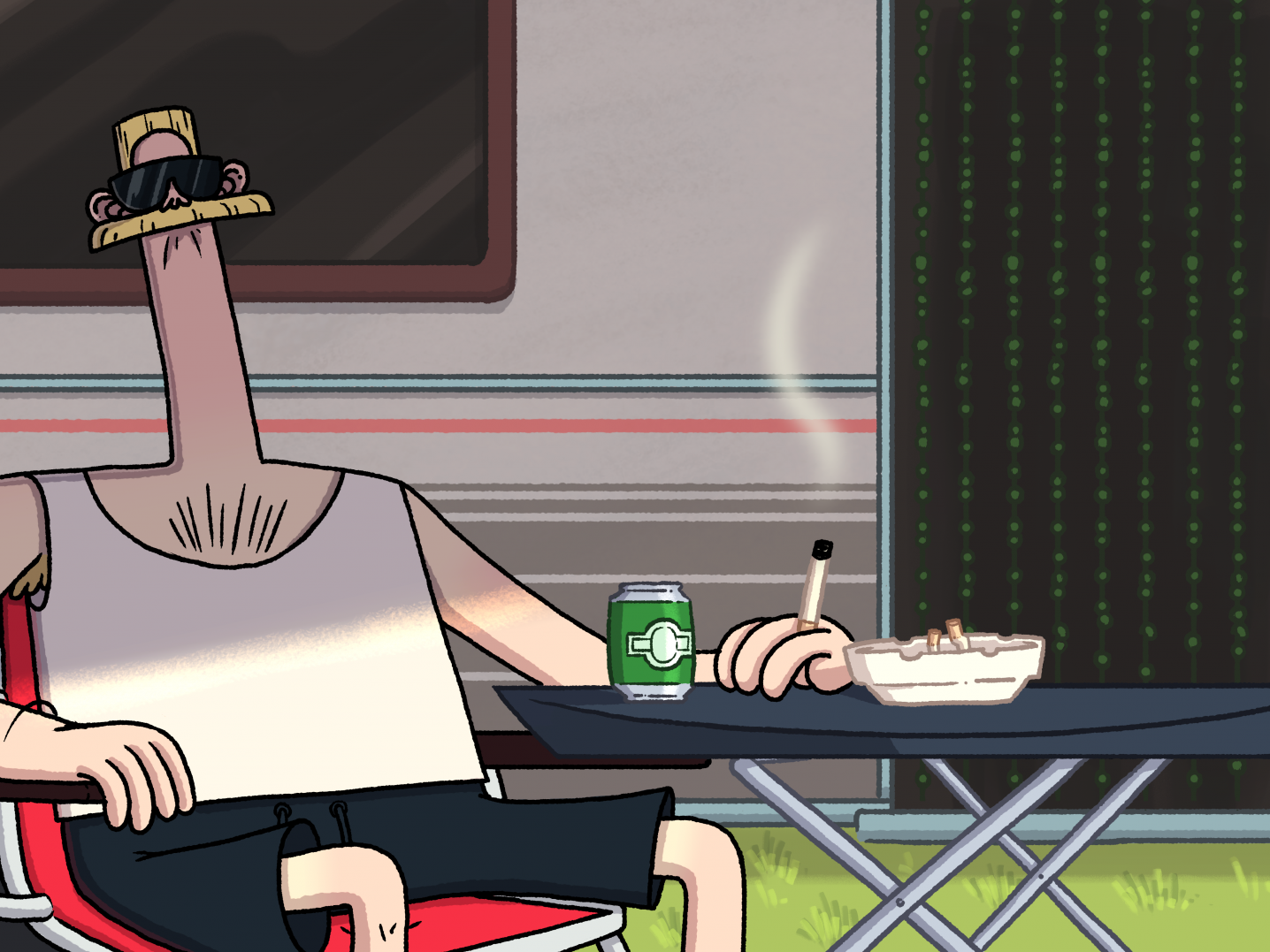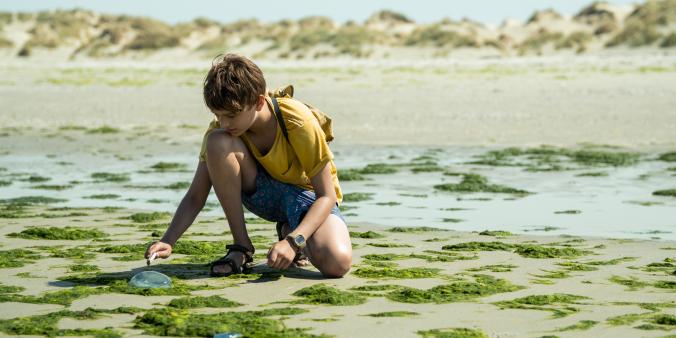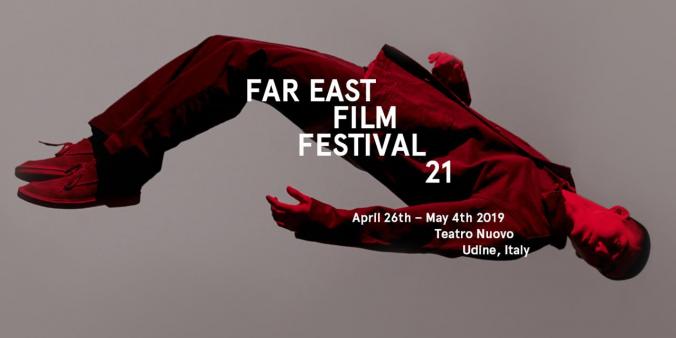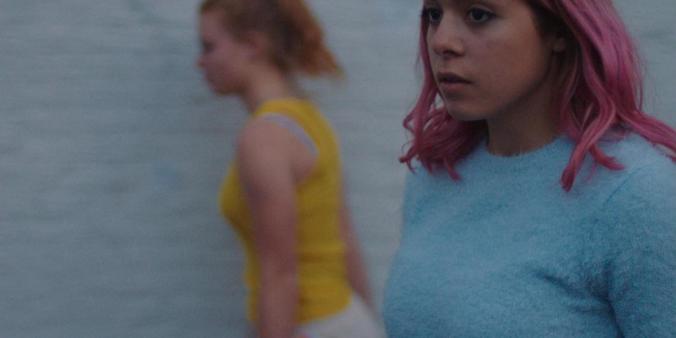
Dutch animation industry: an artistic discipline on the rise
By Emma O'Hare
The Dutch animation sector was in the spotlight this year at the prestigious international pitching & co-pro forum Cartoon Movie in Bordeaux. The event for animated feature films also awarded the Dutch production company Submarine with Producer of the Year for (co)-producing six animated films today: Coppelia*, Fox & Hare save the Forest*, Where is Anne Frank?*, Buñuel in the Labyrinth of the Turtles*, My Grandfather used to say he saw Demons and In the Forest.
Before, the Netherlands was not particularly known for its animated features, but that status seems to be changing. Which developments are we seeing in the animated film industry in the Netherlands today? And what are the trends as we look to the future of this sector on the rise?

Pioneering role
In June, I spoke to some experts at the Annecy International Animation Festival. Janneke van de Kerkhof, who is the lead producer of the animation department at Submarine, has seen the company and the industry develop first hand. Submarine, now one of the largest animation producers of the Netherlands, was founded in 2000 and today has departments for documentary film, interactive content and animated feature films. One of the big strengths of Submarine is that it has an in-house animation studio focused on 2D animation. “This makes us an attractive co-production partner, but also makes it more viable to do commissioned work since it is more cost-effective,” van de Kerkhof explains.
Submarine retrieves most of their funding from the Netherlands Film Fund and Creative Europe MEDIA. The MEDIA programme for Slate funding especially fits well with Submarine’s needs, because of the international orientation of the company. It is one of the companies that is playing a pioneering role in the Dutch animation scene with a growing number of animated projects, especially after winning the Producer of the Year award at Cartoon Movie.
Shifting industry
Ton Crone, director of Animation Producers Netherlands (ApN), has witnessed a significant shift within the industry between 2007 and today. Crone explains: “In 2007, Annecy had its spotlight on the Benelux. The Netherlands was mostly producing short films at that time. This year at Cartoon Movie the catalogue of Dutch productions offered significantly more feature-length projects and a growth in the number of production companies focused on animation."
Animation Film Consultant at the Netherlands Film Fund Erik van Drunen also notices this development: “In recent years, the Netherlands has put a lot of effort into profiling itself as a reliable co-production partner for animated feature films. The Netherlands is rapidly transforming from a minority co-producer of international content into a player of its own."
This progress is partly thanks to a financial boost: “The Netherlands Film Production Incentive offered by the Netherlands Film Fund has made the Netherlands more attractive as a co-production country and it shows,” Crone explains. Especially since it was opened up to TV content recently. Over 300 productions, including animated projects, have been supported by the cash rebate since its start in 2014. However, Crone does see there is a way to go yet: “Flanders, Ireland and Denmark are still ahead of the games, partly because they already offered cash rebates before the Netherlands did.”

Artistic progress
From an artistic point of view, considerable progress has been made as well. Crone: “This can be measured by the number of prizes awarded to Dutch projects, such as Heads Together by Job, Joris & Marieke, that won an Emmy, and Buñuel in the Labyrinth of the Turtles, a co-production between Spain and the Netherlands that received the Jury Distinction at Annecy International Film Festival this June.”
Van Drunen reminds us not to forget the shorts either: “The Netherlands is doing quite well in that department, also due to current viewing trends. After all, people’s attention span is getting shorter and more content is being watched online.” Think of titles such as Flow by Adriaan Lokman which premiered at Annecy this year, This Magnificent Cake (Emma De Swaef & Marc James Roels) to which the Netherlands is attached as a minority producer, and Mind my mind (Floor Adams).
European collaboration
Submarine is very much focused on international collaborations and works on animated productions with European partners from countries such as Belgium, Ireland, Germany and Spain. The Belgian producer Walking the Dog is often sought out by Submarine as a co-production partner. Van de Kerkhof: “Knowing each other’s language, culture and funding structures is a big help, it makes it easy to work together.”
She adds: “Animation is an expensive and labour-intensive process and therefore difficult to realise with Dutch financing only. Moreover, we enjoy working with foreign partners, also because you cannot always find all the talent in the Netherlands. So in addition to the financial component, international co-production has a creative component as well.”

Talent development
What is it like for emerging animation producers in the industry today? Coen Balkestein and Dara Dharmaperwira started their company Knisper Animation almost immediately after graduating from the HKU University of the Arts Utrecht. Their ambition is to be a connecting agent between graduating students and the industry. “Already in the third year of our course, we talked about starting our own production company,” Dharmaperwira explains: “We had to form a studio with our class and it worked out so well that we wanted to continue.”
Both Crone and Van Drunen have seen the quality level of the animation courses improve. However, they do see that there is still a way to go to cater to the needs of the industry. Many schools are still training students to become generalists, while the production houses are looking for animators with specialized skill sets. In addition, many students aspire to be autonomous artists whilst the capability to collaborate in a team is a must for most studios.
Apart from need for specialization, Balkestein and Dharmaperwira think there is room for improvement in terms of the connection to the business side of animation too. Balkestein: "That's why we decided to visit various production companies ourselves to find out how they work.” After graduating they immersed themselves into the industry, promoting their own projects in development including the TV series Mystery Delivery, Speedy the Turtle and several short films. “The only way to really learn how the industry works is through conversations at the different film markets and with the Film Fund.”
Van Drunen: “To boost talent development the Film Fund issues Wild Cards each year to graduating directors.” Also with the Ultrakort competition, which celebrates its 10 year anniversary this summer, the fund aims to make teams of experienced and less experienced makers.
It doesn’t stop there. Educating about visual language should start at a young age, Crone argues: “Media literacy and understanding visual language should be a compulsory part of the curriculum at primary and secondary schools.”
Trends, challenges and what lies ahead
Traditionally, animation is associated with a young target audience. Most content still is aimed at (young) children, but all the professionals we spoke to mention a development towards content aimed at 15+/ young adults and grown-ups. “This trend is still mainly on the maker-side of things, it remains challenging to reach the right audiences,” Van Drunen adds: “Loving Vincent* is a good example of a film that managed to reach an audience of art lovers that usually would not consume animated content.”
Animated content that already has a fanbase also tends to do well in cinema. Red Turtle* (Michaël Dudok de Wit) for example did very well, in large part due to the good reputation of Studio Ghibli.
Also serialized animation is on the rise, a trend that is partly due to the growing popularity of video on demand (VOD) platforms. Van de Kerkhof experienced this first hand: “We are now in the final phase of delivery of a series for Amazon Undone, I notice that the response is very enthusiastic, it’s a boost for the studio reputation.” Dutch director Hisko Hulsing was also attached to the Amazon series as production designer and director that will debut this fall.
Crone argues that the emergence of VOD platforms does have some issues: “The distributors earn more than producers and makers, and that’s an issue. The platforms do order and pay for making content, but the makers lose their rights and don’t always benefit as much from the popularity of the series.”
Even though there are still some hurdles to overcome, the professionals are all optimistic about the future. Crone even notices a growing interest in animation from the field of live-action and documentary which has resulted in some hybrid projects such as Another Day of Life and Coppelia.
More information
Call to (future) makers
Balkestein and Dharmaperwira dream of finding their place in the industry, but also want to reach out and connect with other aspiring producers and makers. Are you looking to find your way in the animation industry in production or development? Knisper Animation is very interested to get in touch, exchange ideas and look at possible ways of collaborating.
Creative Europe MEDIA opportunities for Animation Professionals
The Creative Europe MEDIA sub-programme is an EU funding mechanism for the European audiovisual industry and seeks to promote the development, distribution and promotion of European films. Animation professionals can benefit from the following opportunities:
- Development funding for projects with high creative value, wide audience reach, and international potential, intended for cinema, TV or digital platforms
- Production funding for animation content intended for TV
- Training courses and industry events aimed at professionals working in the animation sector.
Download this brochure for a complete overview
Call for cash rebate
The Netherlands Film Production Incentive supports the (co)production of cinematic feature films, feature-length documentaries and feature-length animated films and high-end TV-drama, documentary and animation series, or single episodes. An application can be made for international (co)productions to obtain a cash rebate of up to 35% for film productions and 30% for high-end TV-series on eligible production costs.
*Productions that have been produced with support from CE MEDIA




